Fundy National Park is located along the southeast coast of New Brunswick, Canada. The park covers an area of 80 square miles (207 sq km) making it one of Canada’s midsize national parks.
Most people think of the tidal shifts that the Bay of Fundy is known for when they imagine Fundy National Park. However, the tidal shifts are only a smidgeon of the facets of nature that make Fundy so special.
Yes, the Bay of Fundy does have the greatest tidal shift in the world. However, it has astounding rugged rocky coastlines that are incredibly picturesque. There are over 25 waterfalls splattered across the 80 square miles that add to the serenity of the park.
There are multiple rivers flowing through the dense forest and rocky terrain which help account for the abundance of waterfalls located in the park. The abundance of rivers and valleys has established a number of bogs throughout the park.
The temperate forest is comprised of balsam fir, red maple, red spruce, white spruce, white birch, and yellow birch. There are over 650 species of vegetation that enrich this New England-Acadian Forest ecoregion.
The ecosystem makes for remarkable habitats to support the wildlife of the park. Visitors who are passionate about wildlife can have hopes of seeing beaver, black bear, chipmunk, coyote, rabbits, raccoon, or white-tailed deer.
Bird lovers can look to the skies in hopes or amongst the bogs in search of great blue heron, white-winged crossbills, and the stunning peregrine falcons.
Photos
Things to See
Fundy National Park Trails
There are 25 hiking trails making up over 62 miles (100 km) of trails that meander through Fundy National Park. The trails engage forests, plains, coastline, and of course the Bay of Fundy.
Sources
- All Trails, Best Trails in Fundy National Park, https://www.alltrails.com/parks/canada/new-brunswick/fundy-national-park, retrieved June 2020.
- Bay of Fundy Tourism, Fundy National Park, https://bayoffundytourism.com/attractions/canada/new-brunswick/alma-1/do/fundy-national-park/, retrieved June 2020.
- Britannica, Fundy National Park, https://www.britannica.com/place/Fundy-National-Park, retrieved June 2020.
- National Geographic, National Parks of North America, Canada-United States-Mexico, National Geographic Society, 1995.
- Parks Canada, Fundy National Park, https://www.pc.gc.ca/en/pn-np/nb/fundy, retrieved June 2020.
- US News, Fundy National Park, https://travel.usnews.com/Saint_John_New_Brunswick_Canada/Things_To_Do/Fundy_National_Park_62389/, retrieved June 2020.
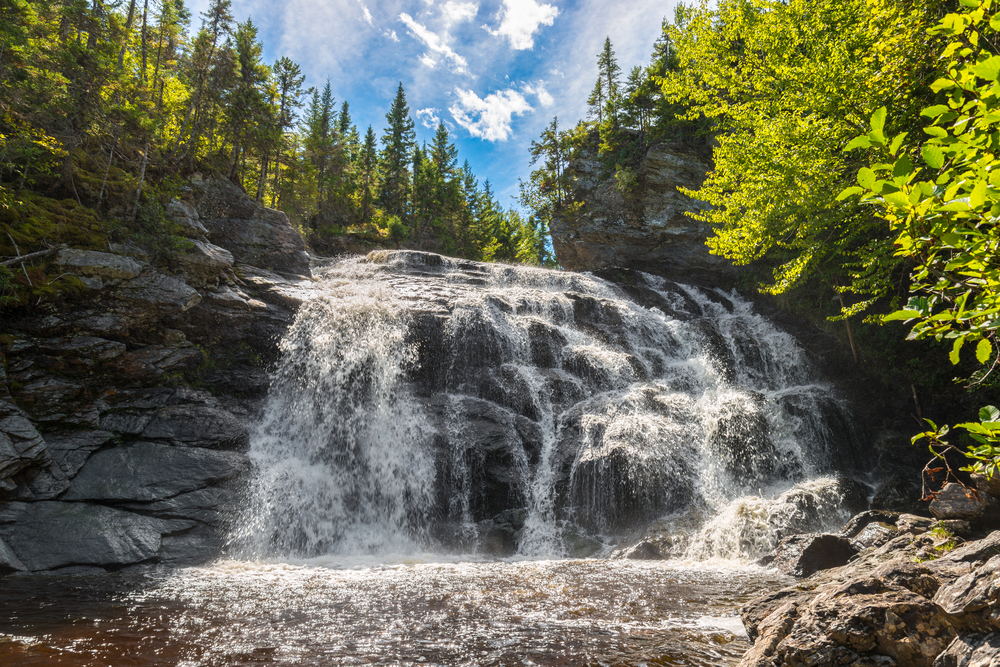


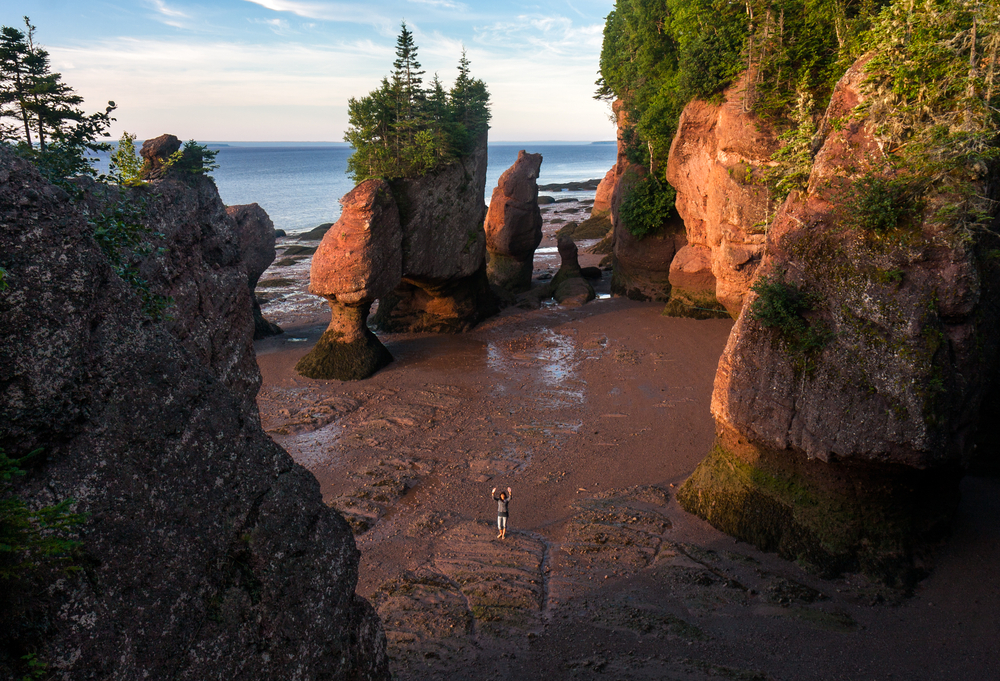
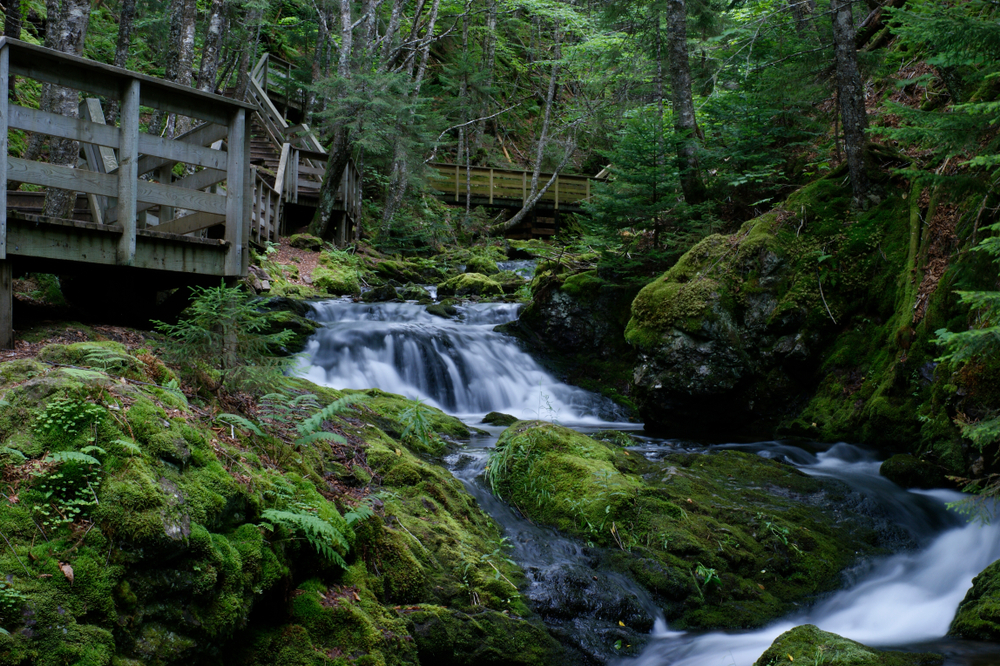
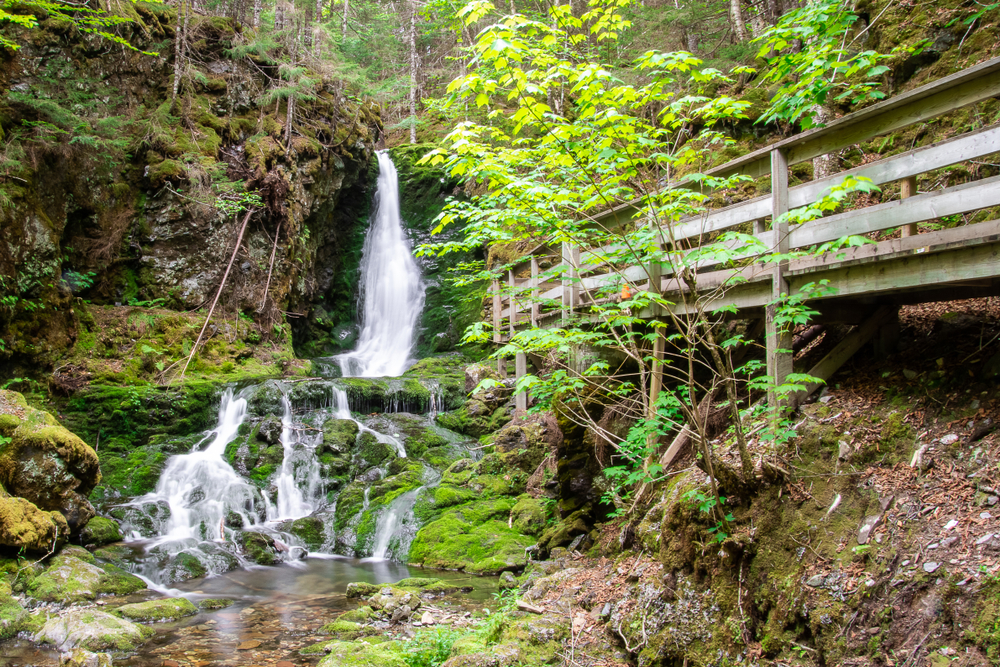
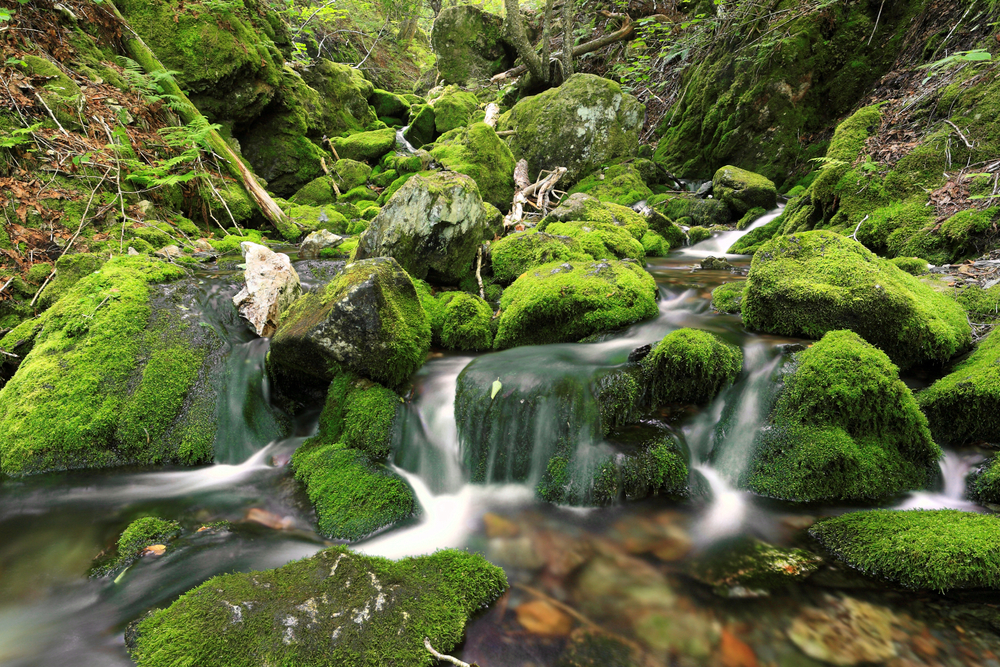
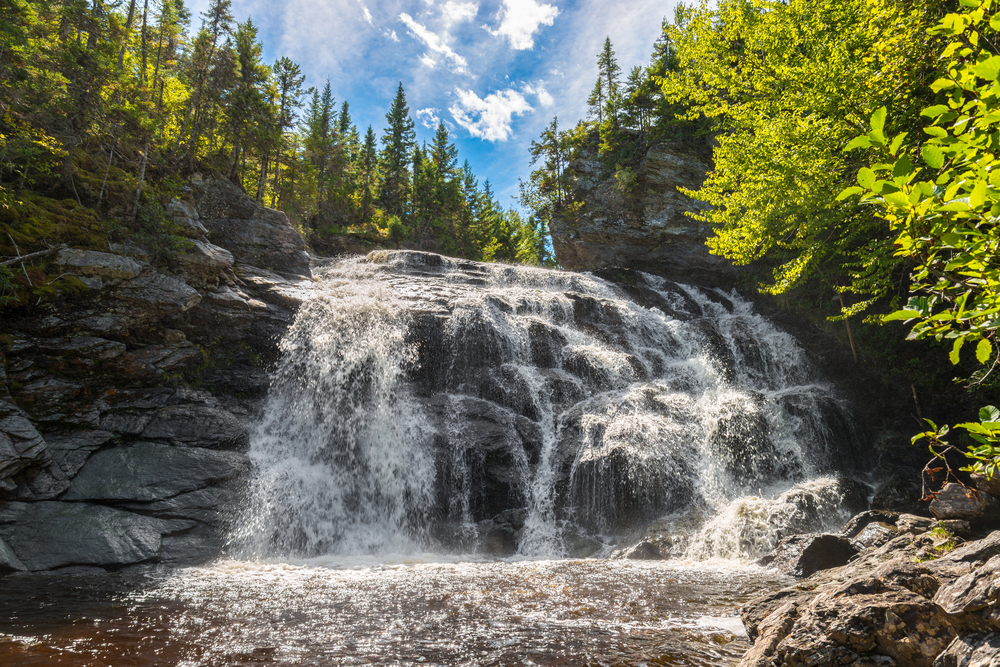
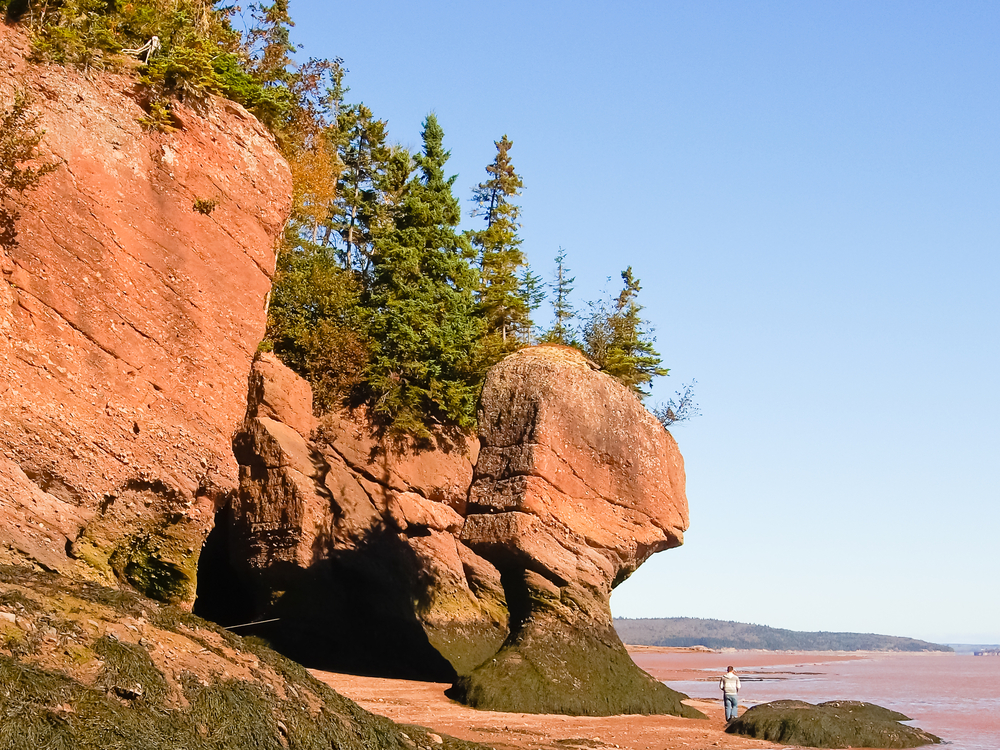
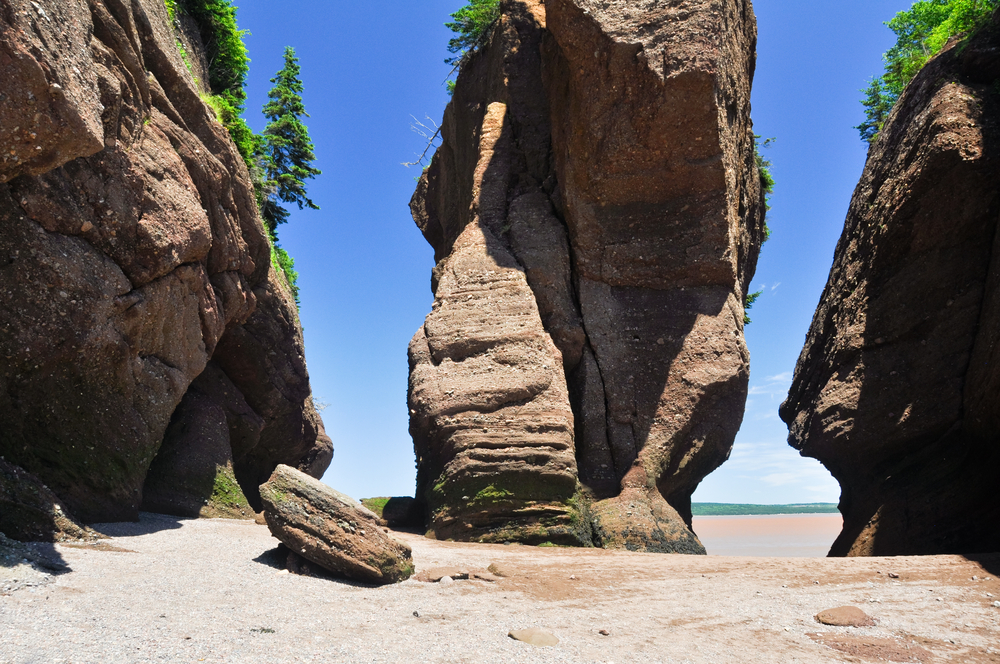
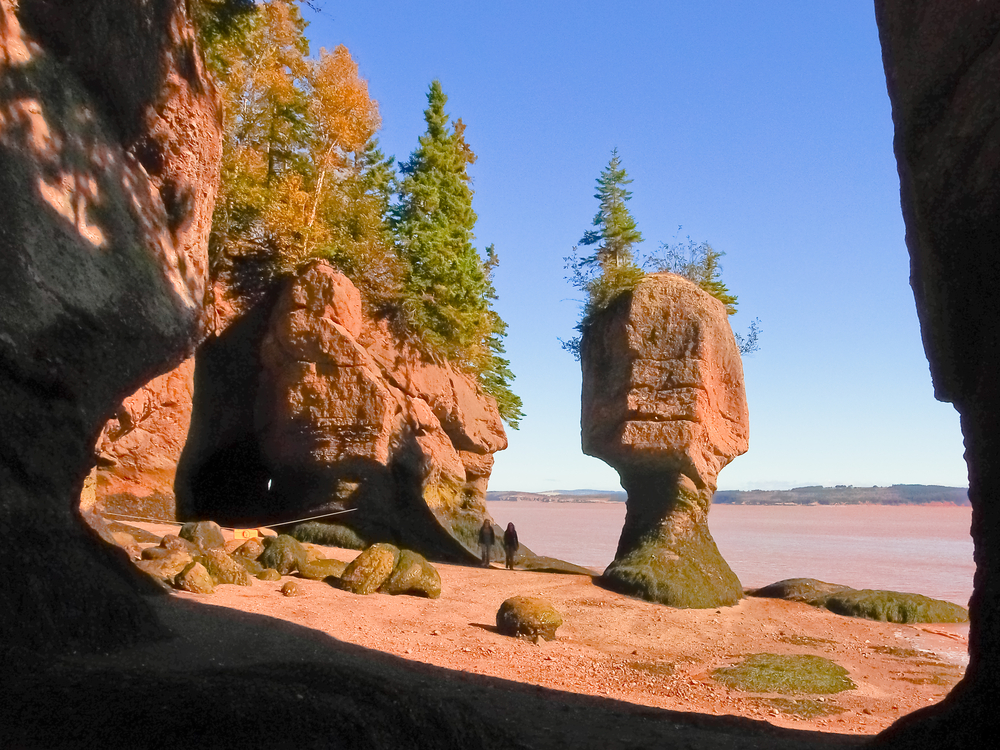
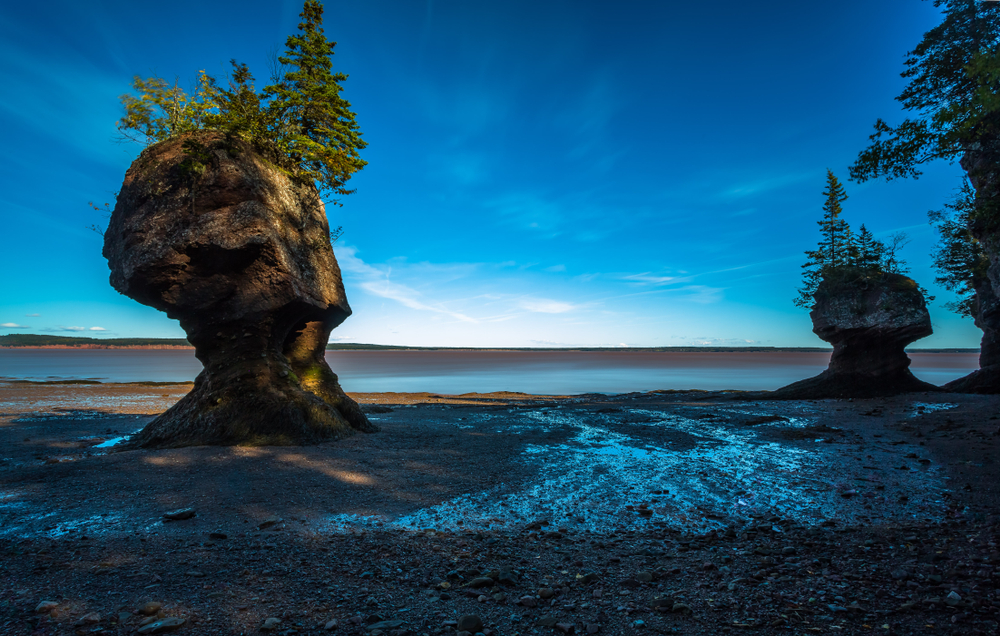
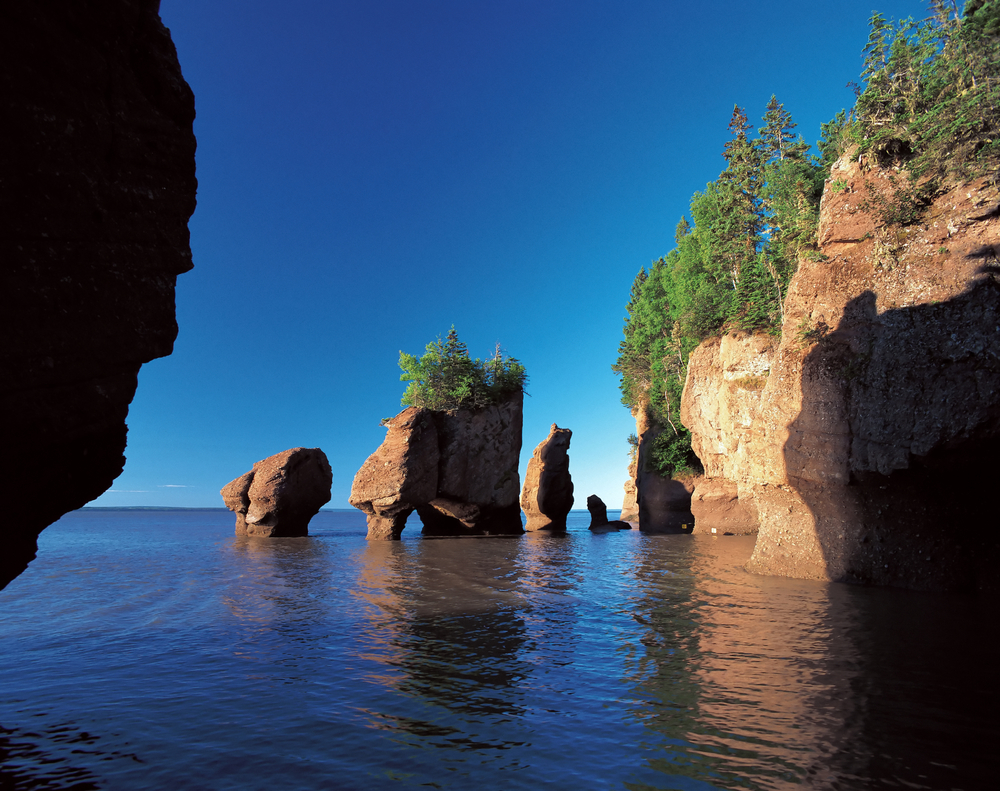
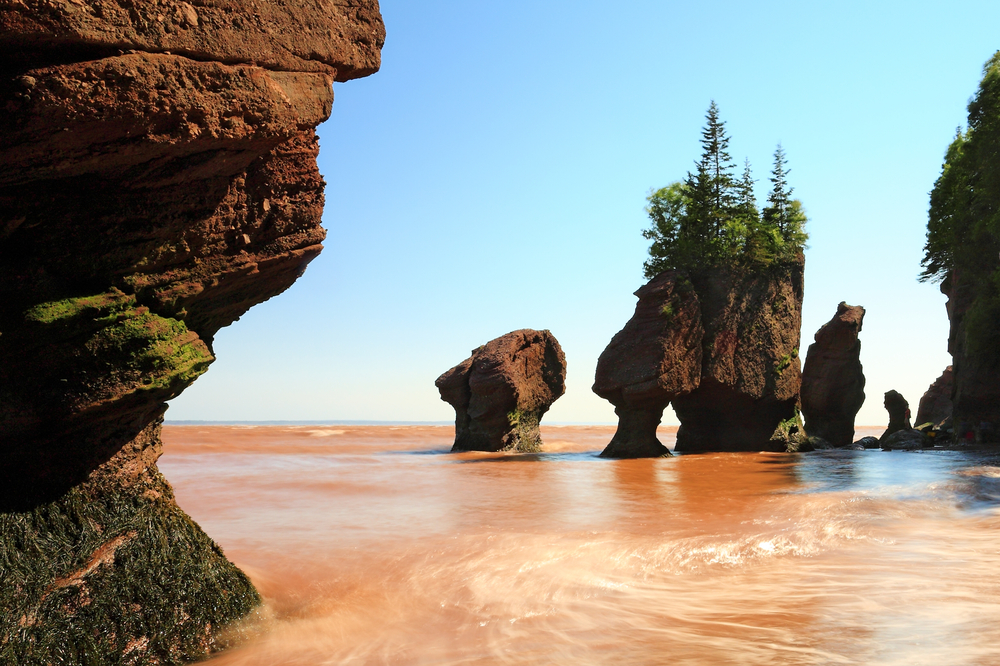
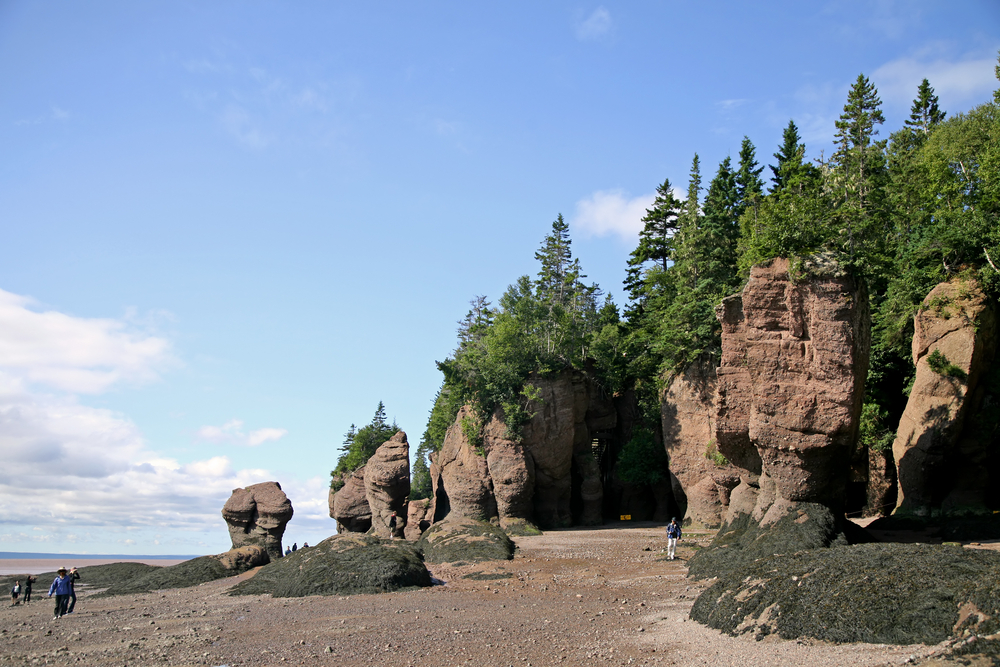
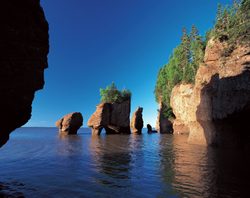 Goose Bay is located in the northwestern branch of the Bay of Fundy. The Bay of Fundy is renowned for having the greatest tidal shift differential in the world.
Goose Bay is located in the northwestern branch of the Bay of Fundy. The Bay of Fundy is renowned for having the greatest tidal shift differential in the world.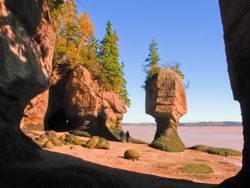 The Hopewell Rocks are not actually in the national park. However, almost every person who visits the national park goes on to explore the Hopewell Rocks.
The Hopewell Rocks are not actually in the national park. However, almost every person who visits the national park goes on to explore the Hopewell Rocks.